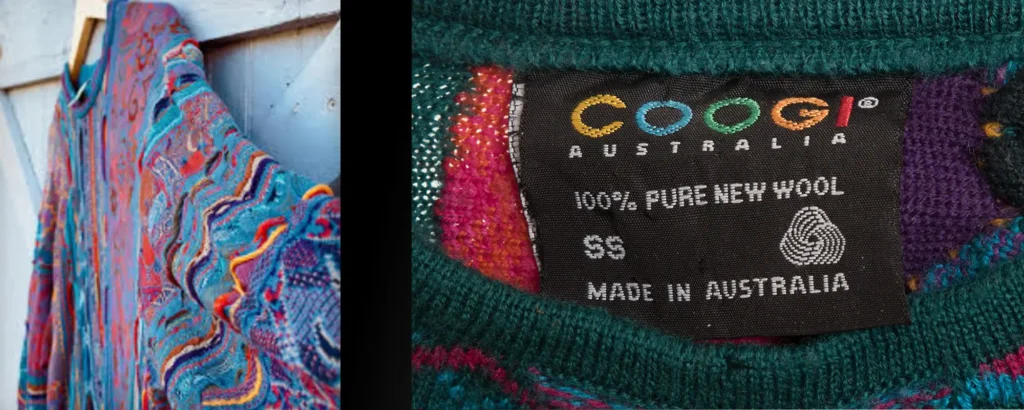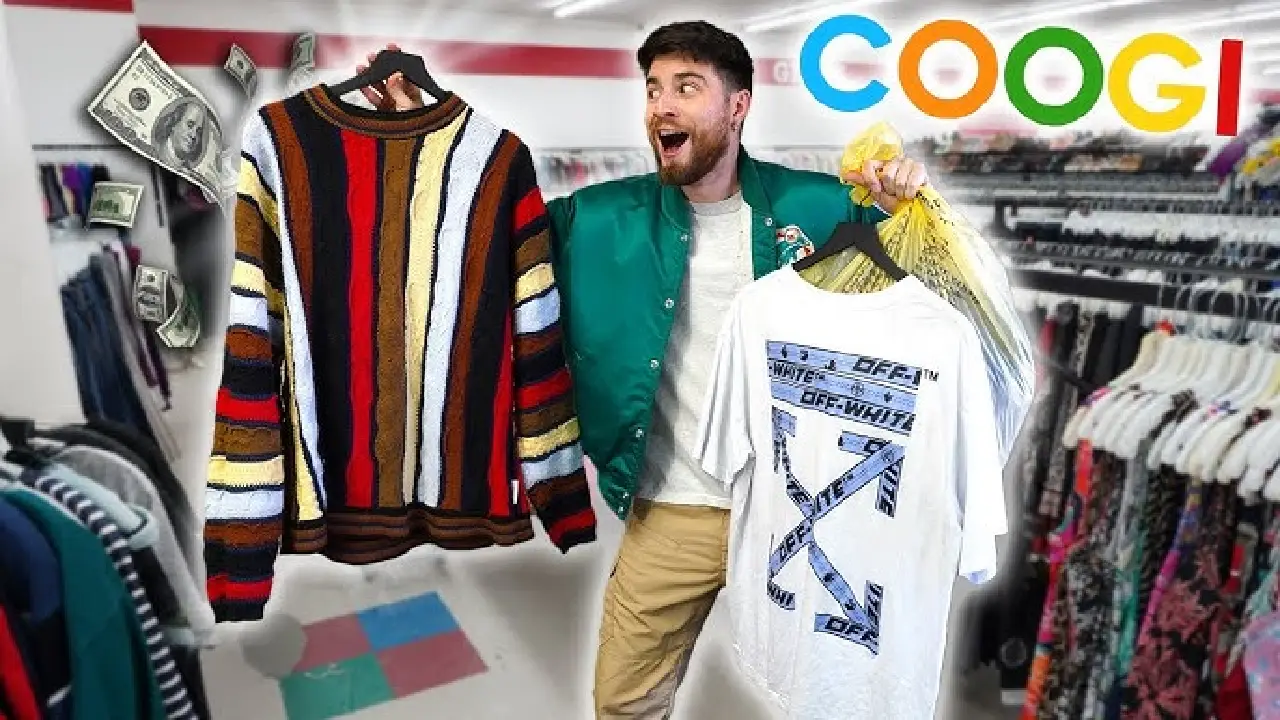You don’t fair wear Coogi — you live it. In the world of American streetwear, few names carry the same punch as Coogi. Known for its wild colors and finished designs, Coogi has ended up much more than a design name. It’s a image of certainty, imagination, and social pride. But what makes it so uncommon? Why do individuals still shake those vivid sews decades after their debut?
To reply that, we have to travel back in time — and over the globe.
The Birth of Coogi: From Australia to America
Coogi wasn’t born in Unused York or Los Angeles. It actually got its beginnings in 1969 in Australia, first going by the name “Coogii.” Dynamic African craftsmanship and traditional European design served as inspiration for the brand, which focused on luxurious knitwear. In 1987, the title was authoritatively changed to Coogi — a savvy branding move to make it less demanding for American customers to articulate and remember.
The plot, however, takes a dramatic turn at this point. When Coogi arrived in the U.S., it didn’t arrive on Fifth Road or in high-end boutiques. Instep, it found its pulse in the boulevards, particularly inside Dark and urban communities who saw something crude and genuine in those distinctive designs.

The Notorious Tasteful: Color, Surface, and Boldness
If you’ve ever seen a Coogi sweater, you know precisely what it looks like — or or maybe, you feel it. Shining colors, deep blues, and vibrant greens all move in unison across elevated surfaces and chaotic concordance, giving those intricate stitches a certain energy. Each piece feels like a wearable painting.
This tasteful wasn’t fair a la mode — it was progressive. In an period when moderation was the slant, Coogi went in the inverse course. It was boisterous, unashamed, and inconceivable to disregard. For numerous in the U.S., wearing Coogi implied standing out — proudly.
Hip-Hop’s Grasp of Coogi
While Coogi begun as a extravagance brand, it didn’t take long some time recently hip-hop grasped it — and lifted it to famous status. A significant role was played by the well-known B.I.G., also known as Biggie Smalls. He wore Coogi sweaters in photoshoots, recordings, and indeed name-dropped the brand in his lyrics:
“Livin’ superior presently, Coogi sweater now…”
That line wasn’t fair approximately dress. It was almost victory, change, and coming up in a world where chances were stacked against you. For fans, Coogi wasn’t fair mold — it was yearning. If Biggie might shake a Coogi and claim his story, so might they.
Artists like Snoop Dogg, Tupac, and more taken after suit, and by the mid-’90s, Coogi was stamped into the DNA of American hip-hop culture. From Brooklyn to Compton, streetwear enthusiasts throughout the country viewed Coogi as a symbol of individuality.
A Design Articulation with More profound Meaning
What sets Coogi separated from other brands isn’t fair its see — it’s what it speaks to. In numerous inner-city neighborhoods, where systemic imbalance frequently quiets distinction, mold gets to be a voice. And Coogi? It’s a shout.
Wearing a Coogi sweater got to be a shape of resistance — a way of saying, “I see the world in color, and I deny to mix into the background.” In a society that frequently pushes individuals to tone it down, Coogi told them to turn it up.
There’s moreover a more profound pride that comes with Coogi — a association to legacy, craftsmanship, and personality. The designs take after African and Caribbean themes, quietly reminding wearers of their roots and the magnificence in their background.
Modern-Day Restoration and Relevance
Like numerous streetwear brands, Coogi saw a plunge in notoriety in the early 2000s. But as design patterns advance in cycles, the strength of Coogi is once once more catching fire. Gen Z and millennials — particularly those burrowing into vintage design and 90s wistfulness — are rediscovering its appeal.
High-end collaborations, like those with Jaguar and Cloth & Bone, have made a difference reintroduce Coogi to a unused group of onlookers. But indeed past collabs, the brand has returned to its roots — centering on genuineness, craftsmanship, and that unmistakable burst of color.
Social media stages like TikTok and Instagram have played a major part. Today’s mold influencers are styling Coogi Jeans with present day turns — matching vintage sweaters with cargo pants, bucket caps, or architect tennis shoes. And it works. Coogi is confirmation that genuine fashion doesn’t blur — it fair holds up for the right time to sparkle again.
Coogi in Regular American Culture
In American culture nowadays, Coogi speaks to more than mold. It speaks to flexibility. You’ll see it at cookouts, in music recordings, on campus, or downtown in major cities. It’s worn by specialists, creatives, and ordinary individuals who need their dress to reflect their mentality: striking, intrepid, and colorful.
Even those who don’t know the history feel the vitality when they wear it. There’s something around putting on a Coogi piece that changes your walk, boosts your certainty, and makes you feel like you claim the moment.
Conclusion: Bequest Woven in Each Thread
Coogi isn’t fair a brand. It’s a bequest — woven in each string, each fasten, each sprinkle of color. In the Joined together States, it’s carved out a put not fair in closets, but in culture. It’s been worn by legends, grasped by the lanes, and resuscitated by modern eras who see the world through the same distinctive lens.
What begun as a knitwear brand in Australia has gotten to be a image of inventiveness and pride over America. Coogi proceeds to rouse not fair since of how it looks — but since of what it stands for. And in a world that regularly inquires us to play it secure, Coogi reminds us that there’s control in being unapologetically you.

